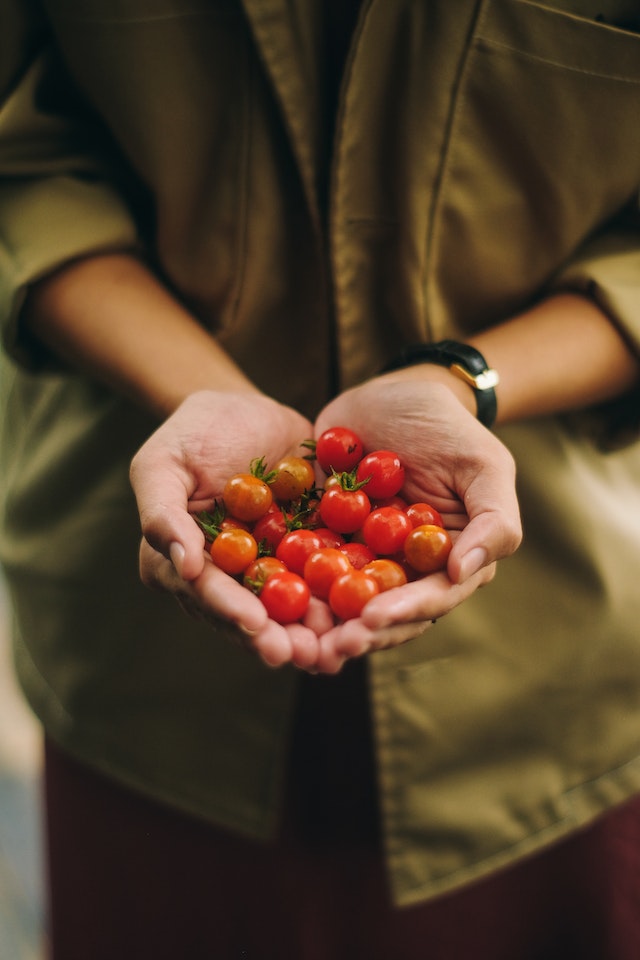
New York City officials say that eating more fruits, vegetables, grains and beans—and less beef and dairy—can reduce carbon emissions. And so, Mayor Eric Adams has announced plans to encourage more plant-based eating by tracking purchases for household food consumption.
I applaud the mayor’s aim to reduce the City’s carbon emissions. I wonder if he’d consider other angles: Production of plant-based burgers can generate significant greenhouse gas emissions, guzzle water and fossil fuels, involve genetically modified ingredients—and generate plastic waste. Unlike feedlot cows, pastured cattle can nourish carbon-absorbing soil. Plans that ignore ecological impacts from design to discard can backfire (pun intended).
Vegan diets don’t work for everyone.
Generating and storing data electronically require manufacturing and operating computers and data storage centers…which generate carbon emissions and plenty other toxic waste.
Plus, won’t surveilling New Yorkers’ food purchases have…unwanted psychological and sociological consequences?
How/could cities encourage healthier eating and restore balance and respect for ecosystems and communities involved in our food’s production? Engage high school students! (Employing them might cost less than surveillance devices and data storage—and the money would stay local.)
Invite teenagers to map the supply chains involved in their favorite meal.
- Start with one ingredient. Was its seed saved by a farmer? Was it genetically modified? Where is the farm that grew this food?
- What kind of pesticides, herbicides and fungicides were applied while this food grew?
- Where was the ingredient processed? If it’s meat, was the animal pastured, confined, or given antibiotics?
- Did this ingredient reach the processing plant by truck, train, boat, plane—or all of the above?
- How much water goes into growing your ingredient? (Check out how much water one avocado)
- Who put this ingredient into your favorite meal—who cooked it?
- What are the wages of the workers who wrapped, canned or froze your food? Where did the wrapping come from?
- Did any robots participate in growing, harvesting, cooking or packaging your food?
- Does any of your food contain synthetically engineered products? (Define synthetically engineered food.)
- What happened to your leftovers?
- What happened to your poop?
- What happened to the cans, plastic wraps and paper wraps?
- Name at least three edible, wild, native or non-native plants in your region. During what seasons are they available?
- How many ingredients from your favorite meal could you find in your bioregion? (Say that your bioregion is the area that depends on your watershed.) How many ingredients could you grow yourself?
- What threatens your food supply? Weather (i.e., flooding or drought), pesticides, herbicides, fungicides, genetically modified organisms (GMOs), water going to industrial processes, farm workers’ wages, Internet insecurity, inflation, your income?
- What would stabilize your food supply?
- Would your city encourage schools and residents to grow more food?
Instead of surveilling New Yorkers’ food purchases, would the Mayor hire teenagers to research and recommend ways to make the City’s food supply healthier, more local and sustainable, less toxic-waste and greenhouse gas-emitting? Would local news media publish the students’ findings?
